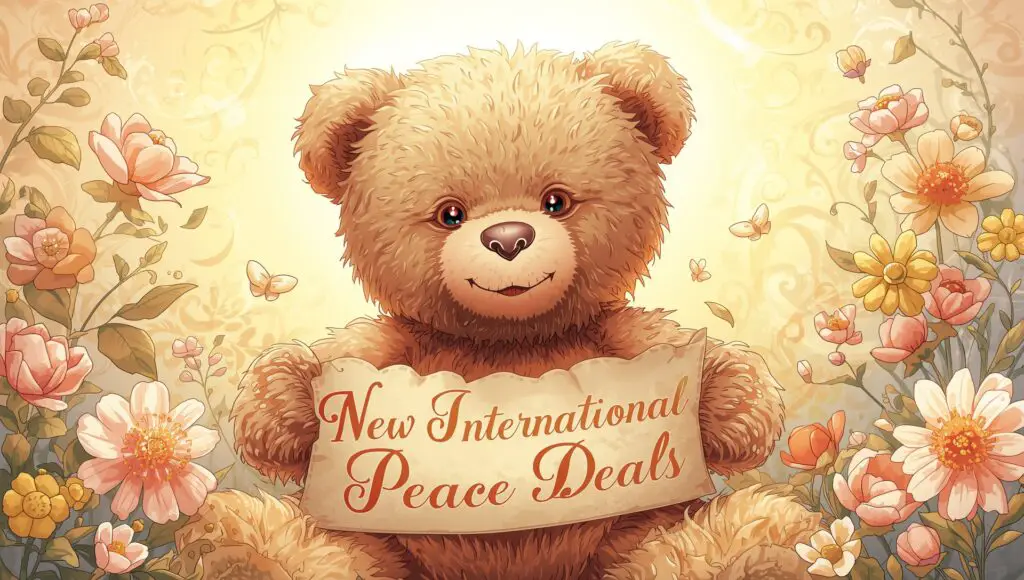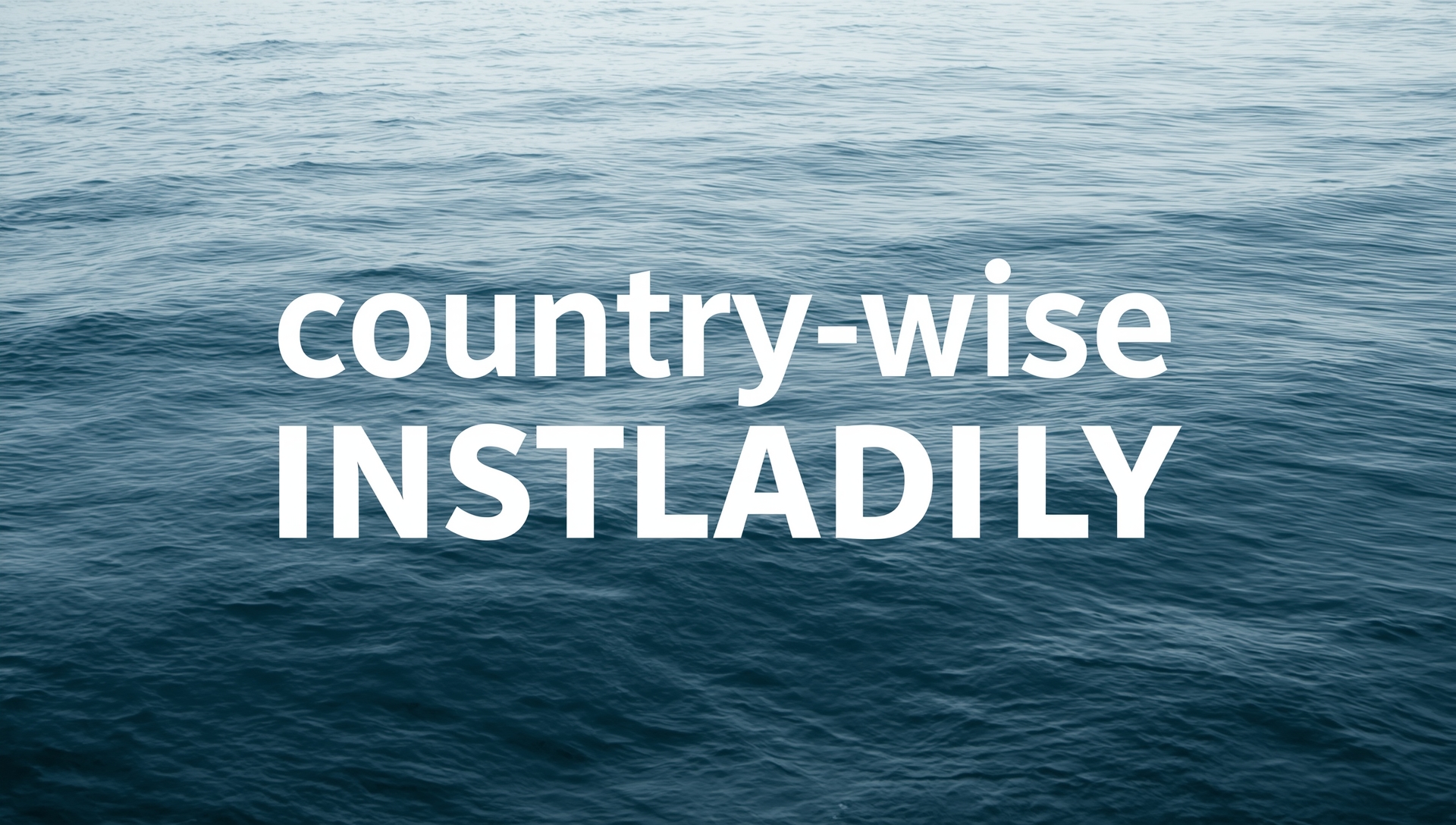As we reach the middle of 2025, the globe observes a surge of diplomatic breakthroughs—peace deals and ceasefires bringing glimmers of calm amid protracted hostilities. From the South Caucasus to Central Africa, these important developments suggest a reinvigorated global effort for peace.

1. Armenia–Azerbaijan: A Landmark Peace Accord at the White House
On August 8, 2025, a historic peace accord between Armenia and Azerbaijan was reached in the White House, negotiated by U.S. President Donald Trump. The event formalized decades of hostilities over Nagorno-Karabakh and inaugurated the “Trump Route for International Peace and Prosperity,” a transit corridor connecting Azerbaijan to its Nakhchivan exclave via Armenian territory (AP News, Wikipedia).
This agreement comprises boundary delimitation, security cooperation, and normalization of bilateral relations. Significantly, it offers the U.S. exclusive development rights over the corridor for 99 years—shifting regional power dynamics and limiting Russian and Iranian influence (Wikipedia, The Guardian, The Washington Post). Reactions were mixed: Azerbaijan and Turkey hailed the pact for its economic possibilities; Armenia expressed both hope and cynicism, while concerns were raised regarding concessions and sovereignty (Reuters, The Guardian, AP News).
2. Democratic Republic of the Congo & Rwanda: The Washington Accord
On June 27, 2025, representatives from the Democratic Republic of the Congo (DRC) and Rwanda signed the Washington Accord in Washington, D.C., brokering peace and regional integration (Wikipedia). The agreement mandates:
- Withdrawal of Rwandan troops from eastern DRC within 90 days.
- Termination of Congolese support to the FDLR militia.
- Establishment of a combined security system within 30 days.
- Economic integration frameworks involving U.S. investment. While the deal purposely excludes non-signatory rebel groups like M23, it nonetheless constitutes an important step toward sustainable peace and collaboration in the unstable Great Lakes region (Wikipedia).

3. Central Asia: Tajikistan & Kyrgyzstan Demarcate Peaceful Borders
In March 2025, Tajikistan and Kyrgyzstan finalized a key border accord in Khujand. The Khujand Treaty included:
- Equitable land exchange and shared water-resource management. * Demilitarization—no heavy weapon deployment near borders.
- Transfer of the Dostuk village, plus compensation for displaced people.
- Ratification by both governments and reopening of border crossings (Wikipedia). Shortly after, the Trilateral Border Treaty among Tajikistan, Kyrgyzstan, and Uzbekistan created a scheduled junction point and laid the foundation for future economic cooperation and a symbolic “Friendship Memorial” at the tri-border (Wikipedia).
4. India–Pakistan: Ceasefire Amid Fragile Stability
In May 2025, India and Pakistan agreed to a full and immediate ceasefire, providing momentary reprieve to one of the world’s most lasting flashpoints (Wikipedia). The United Nations and numerous foreign entities, including the UK and U.S., applauded the decision, pushing the parties to pursue sustainable peace. However, early reports showed infractions soon followed, illustrating the fragile nature of this thaw (Wikipedia).

5. Ongoing Diplomacy: South Sudan and Yemen
While not new accords per se, progress continues in existing conflicts:
- South Sudan: The transitional administration prolonged the peace agreement’s deadline, delaying elections until December 2026. However, implementation remains impeded by insufficient funds and tardy institutional reforms (United Nations Press).
- Yemen: In May 2025, conflicting parties agreed to a UN-led ceasefire and promised to comprehensive peace discussions. Efforts now focus on a path for long-term political settlement (The Nation).



